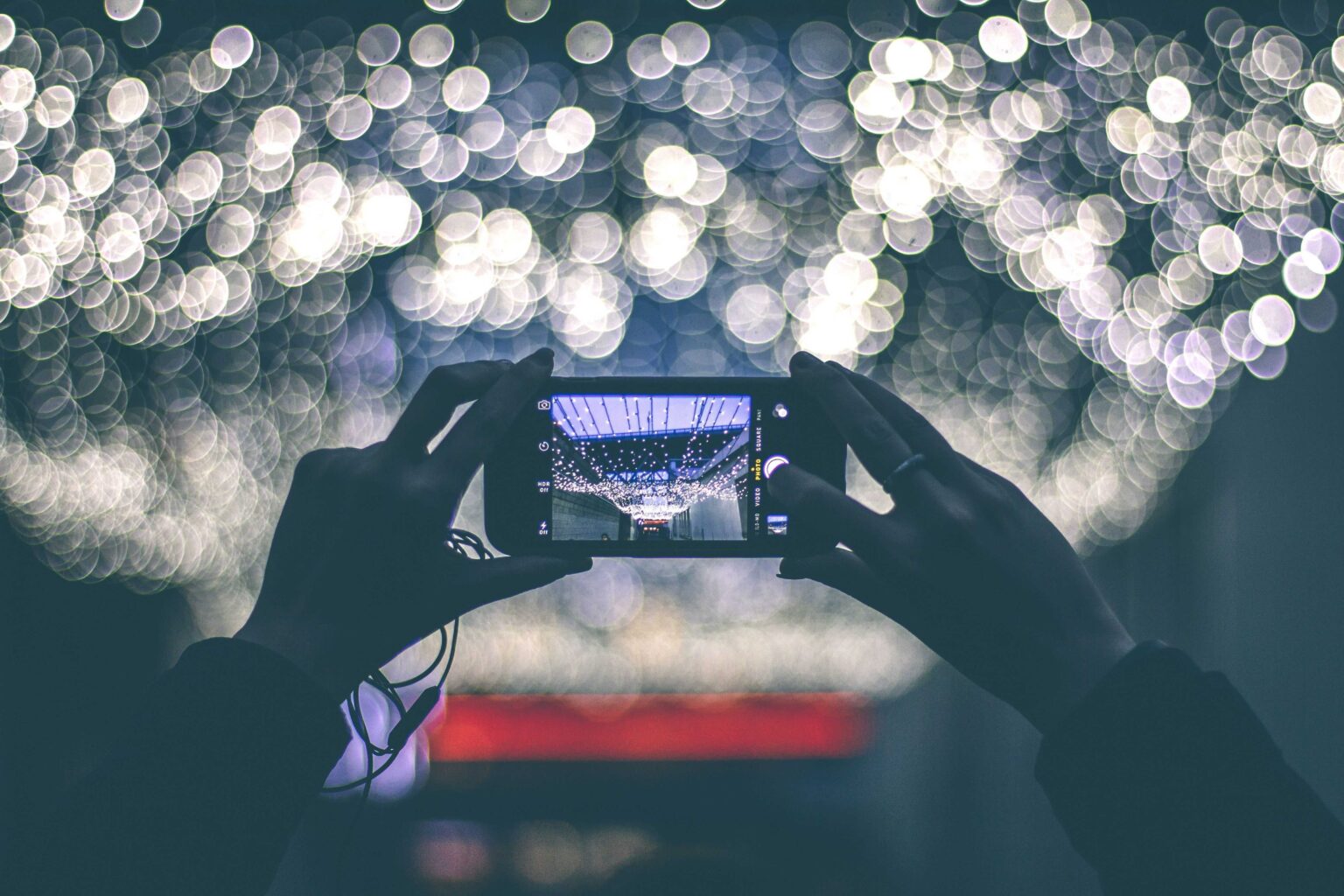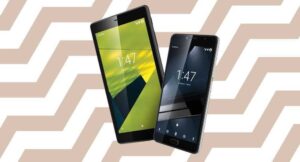We’ve been thrilled to see some awesome developments in the capabilities of smartphone cameras over the last few years, and 2018 has been no exception. With Samsung’s Galaxy S9 and the recently released Huawei P20, camera phones are better than ever, offering a level of quality and customisation we never thought imaginable. Whether you’re a professional photographer or just a keen amateur, the quality of the camera on your phone is now no doubt one of its most important features. Check out our picks for the top camera phones of 2018 below:
Huawei P20 Pro
The Huawei P20 Pro sees the introduction of the world’s first Leica Triple Camera, with an astonishing 40MP RGB camera that delivers unparalleled sharpness, colour accuracy, focus and contrast for every single shot you take. The Leica Triple Camera has been precision engineered to capture detailed, rich, atmospheric images any time of day or night. With the Leica zoom lens system, the Huawei P20 Pro can achieve 5X Hybrid Zoom, allowing you to zoom in on your subject and produce outstanding results when you want to capture incredible details at a distance.
Both phones have AI Image Stabilisation, allowing you to capture blur-free, handheld shots in low light using Night Mode, which also balances high-contrast scenes for crisp, clear shots. And don’t forget the 24MP front camera, which delivers sharp, dazzling selfies day and night. That is absolutely massive for a selfie cam!
The camera is smart too, and incorporates cutting-edge Artificial Intelligence. With the support of Master AI, the Huawei P20 and P20 Pro are able to identify, in real time, 19 different categories of subject which include natural colours, night shot, text, greenery, and fireworks amongst others. Professional photography skills, like lighting, are then automatically adjusted by AI, so your photo turns out the best it can be. Using built-in AI, the camera is able to recognise the scene you’re framing and colour balance your photograph automatically.
Samsung Galaxy S9
Samsung’s smartphone cameras have long set the bar, especially when it comes to low-light photography, and the Galaxy S9 is no different. For great pictures in bad light, you want an f-stop number that’s as small as possible. The smaller the f-stop number, the larger the aperture and the more light is let into the lens. The Galaxy S9’s key feature is the variable aperture which can be manually adjusted from f1.5 to f2.4 using the ‘pro’ camera mode, or it can adjust automatically when in the default point-and-shoot modes. That means better image quality in bright or dark conditions.
Like its predecessor, the Galaxy S9’s camera also includes optical image stabilisation (OIS), which means elements of the camera setup actually move to offset camera shake. Combine this with the variable aperture and you get incredible performance in low-light conditions.
iPhone X
Apple’s flagship phone from last year stands out thanks to its 2x optical zoom, made possible by a pair of of rear lenses — a 12-MP wide-angle lens and a 12-MP telephoto lens — that let you zoom in for a more detailed image without losing sharpness or clarity. The iPhone X’s dual rear cameras also help with Portrait Mode, letting you add lighting and blur effects to photos. Because Apple built a lot of smarts into the front TrueDepth camera, you can add those same effects to your selfies.
LG G6
Capturing images and video in a way no other phone does is one of the G6’s key features. Like the G5, the G6 has two main cameras, one with a regular field of view, the other for 125-degree wide-angle shots. However, this time around both cameras are backed by a high-quality 13MP sensor (the G5 downgraded the wide-angle camera to 8MP). That means detailed, crisp shots, whether you choose to use the regular camera or the wide-angle one. And it could make the G6 a favourite with mobile photographers who prefer their second camera to go wide, rather than long. Plus, the selfie camera (5MP) has a wide-angle option as well, so you can get yourself against a panoramic background, or fit in ALL your friends.
Huawei Mate 10
For those who want the perfect camera, but are not quite ready to upgrade to the latest flagship device, then the Huawei Mate 10 is for you. The Mate 10 helps out its camera with some on-board smarts. The Kirin 970 mobile processor powering the phone comes with its own dedicated neural processing unit so when you point the phone’s camera at an object, the Mate 10 Pro knows exactly what it’s looking at. This is particularly helpful for self-portraits using the Mate 10 Pro’s 8MP front camera, as the processor can detect faces of people and pets and adjust camera settings on the fly for some satisfying selfies.
Upgrade now
Get the latest cellphone technology in your pocket on Vodacom Online and get FREE delivery, FREE connection and FREE sim. All without leaving home.



